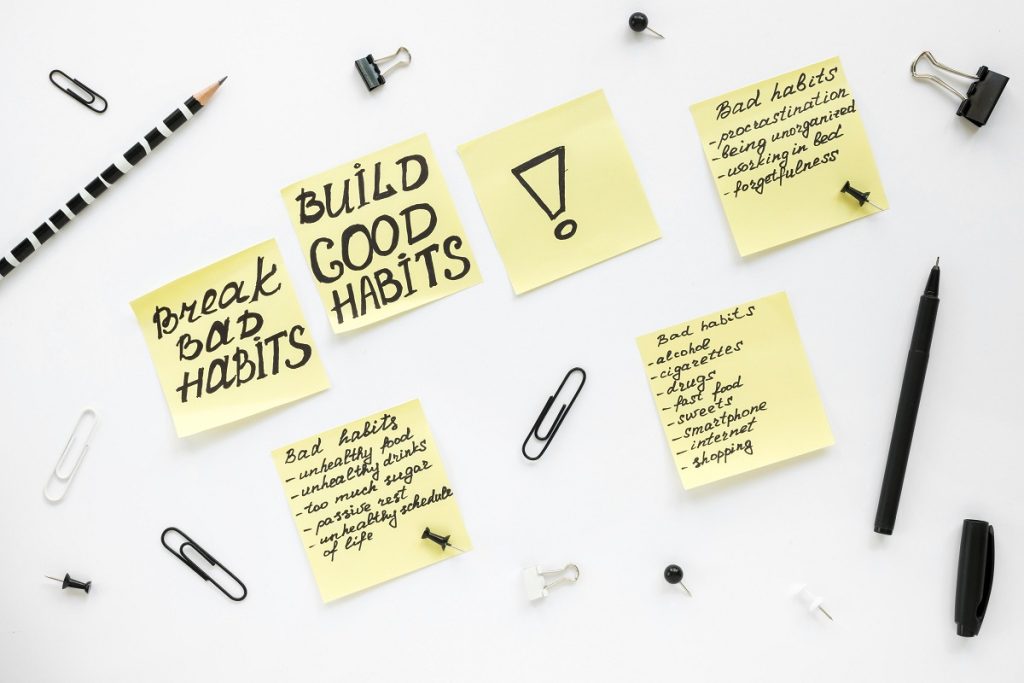Cue cards, also known as note cards, contain either the key points of a speech (or the entire text) to help a speaker stay on track or jog the memory if the speaker has not memorized the speech. They can help the speaker pace their talk for extemporaneous speeches.
If you’ve ever given a speech or presentation and forgotten what you intended to say or in what order you wanted to make your points, you understand the usefulness of cue cards. The seemingly insignificant reminders written on what are typically small cards can be a lifesaver in many instances.
What Are Cue Cards Used For In Speech Making?
Cue cards are an essential tool for public speakers and presenters. They help the speaker remember important points, facts, and figures during a speech or presentation.
Using cue cards, the speaker can maintain eye contact with the audience while delivering a well-organized and coherent message. They also help ensure the speaker doesn’t miss any important information or points during the presentation, which can be crucial when making a persuasive argument or delivering a compelling message.
In some cases, cue cards assist with transitions between different parts of the speech or remind the speaker of specific examples or stories they want to share.
Cue cards come in many variations depending on the speaker’s preference. Some speakers prefer to write their entire speech on cue cards, while others only write down key points or phrases. In some cases, cue cards can take the form of a PowerPoint presentation, in which case the slides can prompt the speaker through each part of the speech.

What Are The Benefits Of Using Cue Cards?
Cue cards are an effective way to organize information and create prompts to ensure a speech goes smoothly. That’s not the only benefit of using cue cards, however.
Among the additional advantages of using cue cards are.”
- Helping to keep you focused and on track during presentations or speeches.
- Ensuring you remember all essential points.
- Making eye contact and audience engagement easier. By having a clear and concise outline of your presentation or prompts, you can maintain better eye contact with the audience, which helps to build rapport and keep the audience engaged.
- Reducing anxiety and nervousness when speaking in front of an audience. Having key points written down makes it easier to feel confident in your ability to deliver information and avoid stumbling.
- As a reference tool for future presentations or speeches. By keeping cue cards organized and accessible, you can refer back to them whenever needed, saving time and effort in preparing for future events.
Are Cue Cards Still Used?
Cue cards have been a visual aid staple of public speaking for decades. They’ve been used by politicians, actors, and anyone who needs to deliver a speech or presentation.
However, with the rise of technology and the availability of teleprompters, cue cards have often taken a backseat.
But the answer is yes; cue cards are still used in certain situations. Teleprompters may have become more prevalent in recent years, but cue cards still have their place.
Improv shows and late-night TV are areas where handwritten cue cards are still used regularly. Shows like Saturday Night Live (SNL) have teams like the one led by Wally Feresten dedicated to creating handwritten cur cards to help facilitate the performances.
The cue cards for the iconic “Live From New York” show are revered by the show’s performers – so much so that Seth Meyers, known for his Weekend Update bits, has his final cue card framed and hanging in his home.
Cue cards offer a level of flexibility that teleprompters can’t match. For example, cue cards can be easily adjusted on the fly if there is a technical issue with the teleprompter or if the speaker wants to make an impromptu change to their speech.
Additionally, cue cards give presenters flexibility and the ability to maintain eye contact with their audience while delivering their speech. This helps to build rapport and engage listeners.
What Is The Difference Between Cue Cards And Flashcards?
Cue cards and flashcards are both commonly used study aids, but they serve different purposes.
Cue cards, or note cards, provide a speaker with a brief outline or critical points of a speech or presentation. They’re designed to be used as a memory prompt, helping the speaker to deliver their message more effectively.
Cue cards are also typically larger and contain fewer details than flashcards. They’re generally used in public speaking or oral presentations to help the speaker stay on track and remember key points.
On the other hand, Flashcards are used primarily for memorization and recall. They’re small cards, typically index cards, that contain information on both sides and are intended for study aids to memorize facts, concepts, or vocabulary.
Flashcards are often used for test preparation and other academic settings. They’re generally handwritten, portable, and a great way to practice active recall, which is the process of trying to retrieve information from memory.
The major difference between cue cards and flashcards is their purpose.
Cue cards are used as a memory prompt for a speaker, whereas flashcards are used for memorization and recall purposes.

Are Their Downsides To Using Cue Cards?
Although cue cards can be helpful, there are downsides if you become too reliant on them. For instance, reading directly from the cue cards can cause your speech to sound canned and too speechy.
There are things you can do, however, to prevent cue cards from being a problem.
The following public speaking tips for using cue cards as part of your speech can help you deliver your presentation successfully:
- Keep the cue cards simple and easy to read. This means using large font sizes and avoiding cluttered layouts. Additionally, bullet points or short phrases rather than complete sentences are advisable.
- Practice! Using cue cards effectively requires a lot of practice before the actual speech. Familiarizing yourself with the content will reduce the need to constantly refer to the cards during the speech. Reading your speech off cue cards word for word will prevent your audience from connecting with you.
- Place the cue cards at the appropriate spot. This may mean holding them at a proper distance and angle from your face. If a camera’s involved, ensure the cue cards are just to the side of the camera and flipped as needed.
- Be sure to maintain eye contact with the audience as much as possible while referring to the cue cards when needed. This will help keep their attention on the speaker rather than the cards.
By following these tips, cue cards can be a helpful aid in public speaking without becoming a distraction.
How Can They Be Useful For Remote Meetings, Interviews, And Presentations?
In remote meetings, cue cards can be especially useful as they help keep the discussion focused and on topic. They also ensure that all participants have access to the same information, making it easier for everyone to follow along.

During interviews, cue cards can remind the interviewee of key points they want to make or questions they want to ask. This helps them stay calm and composed while ensuring they don’t forget anything important.

